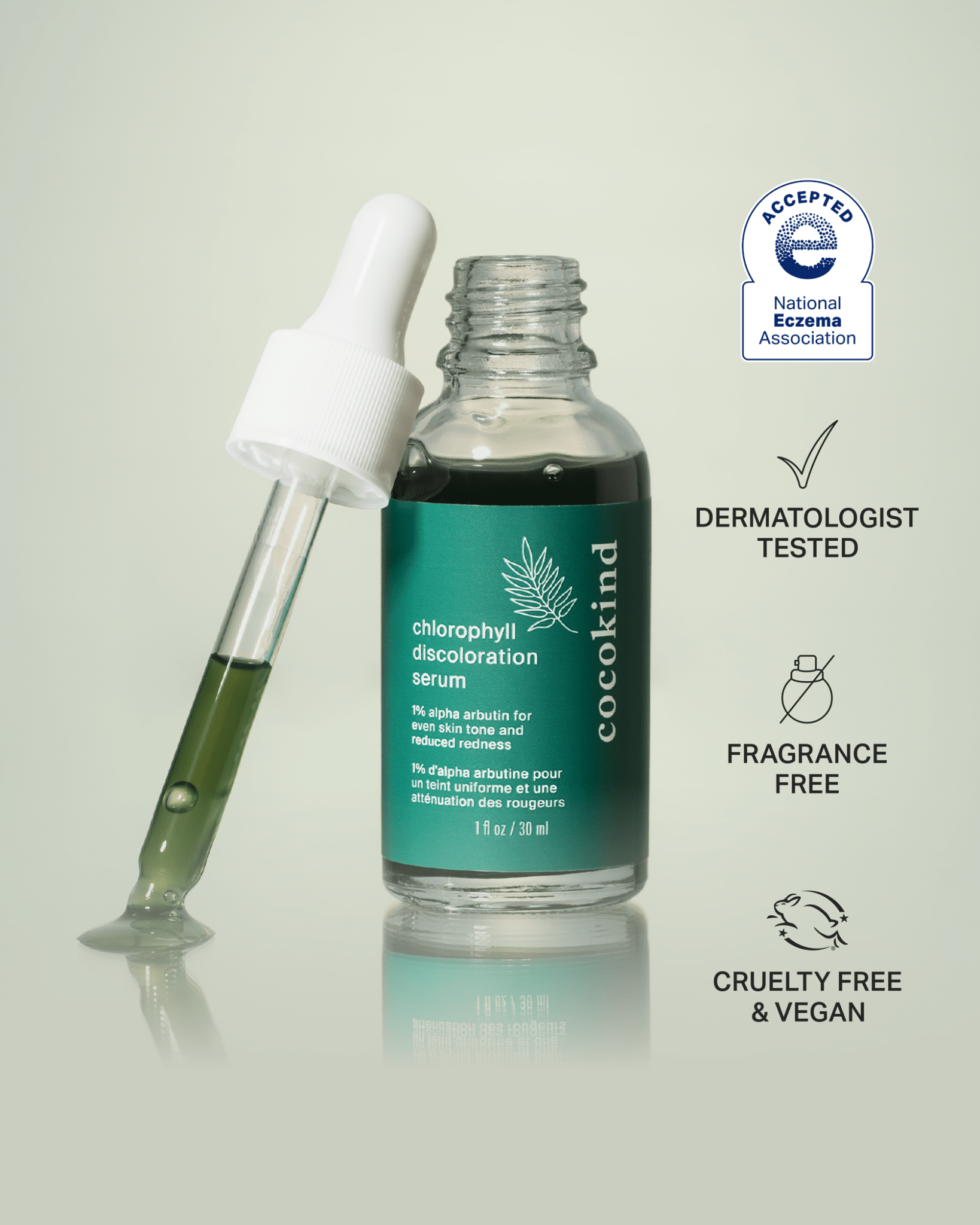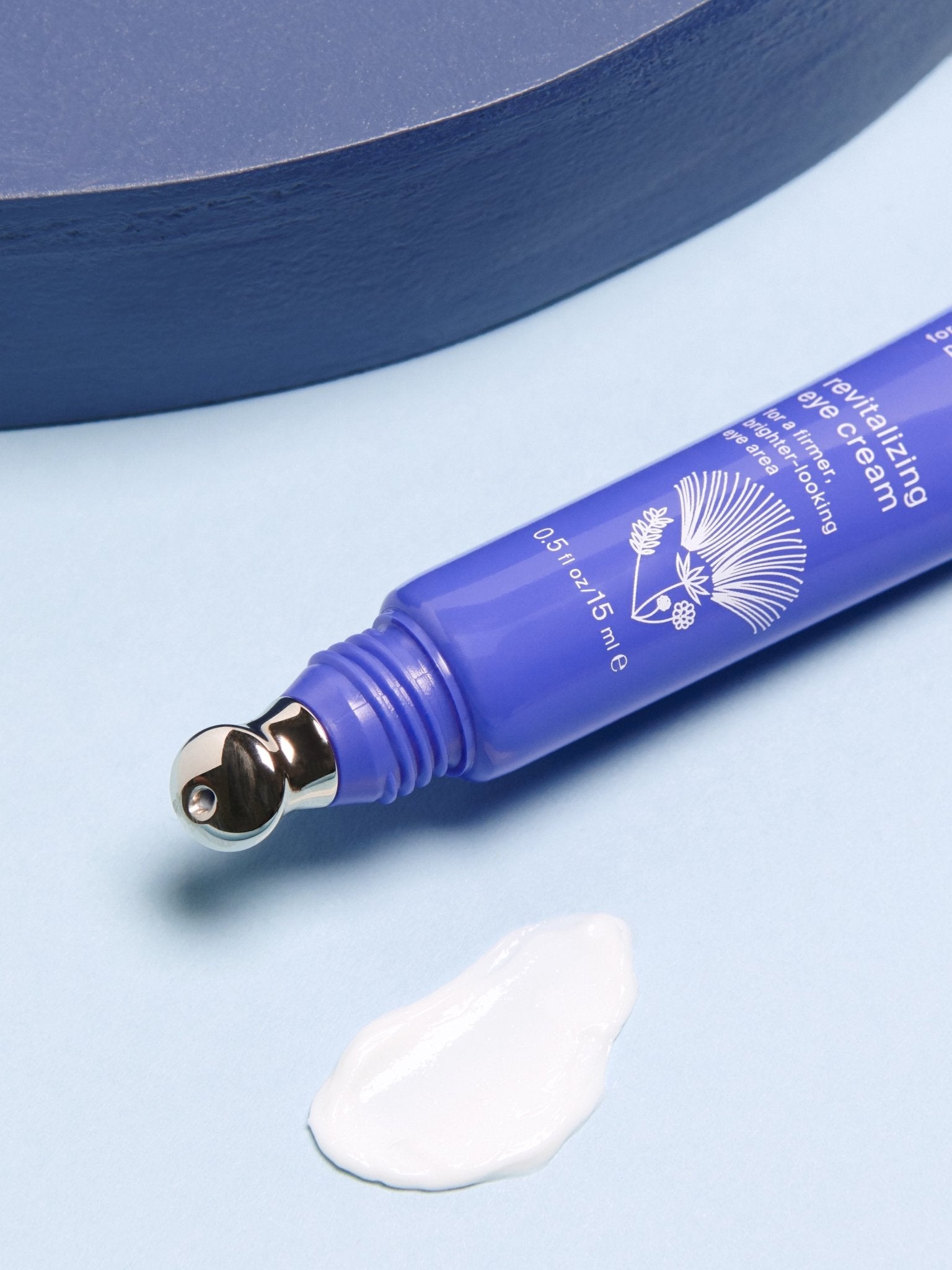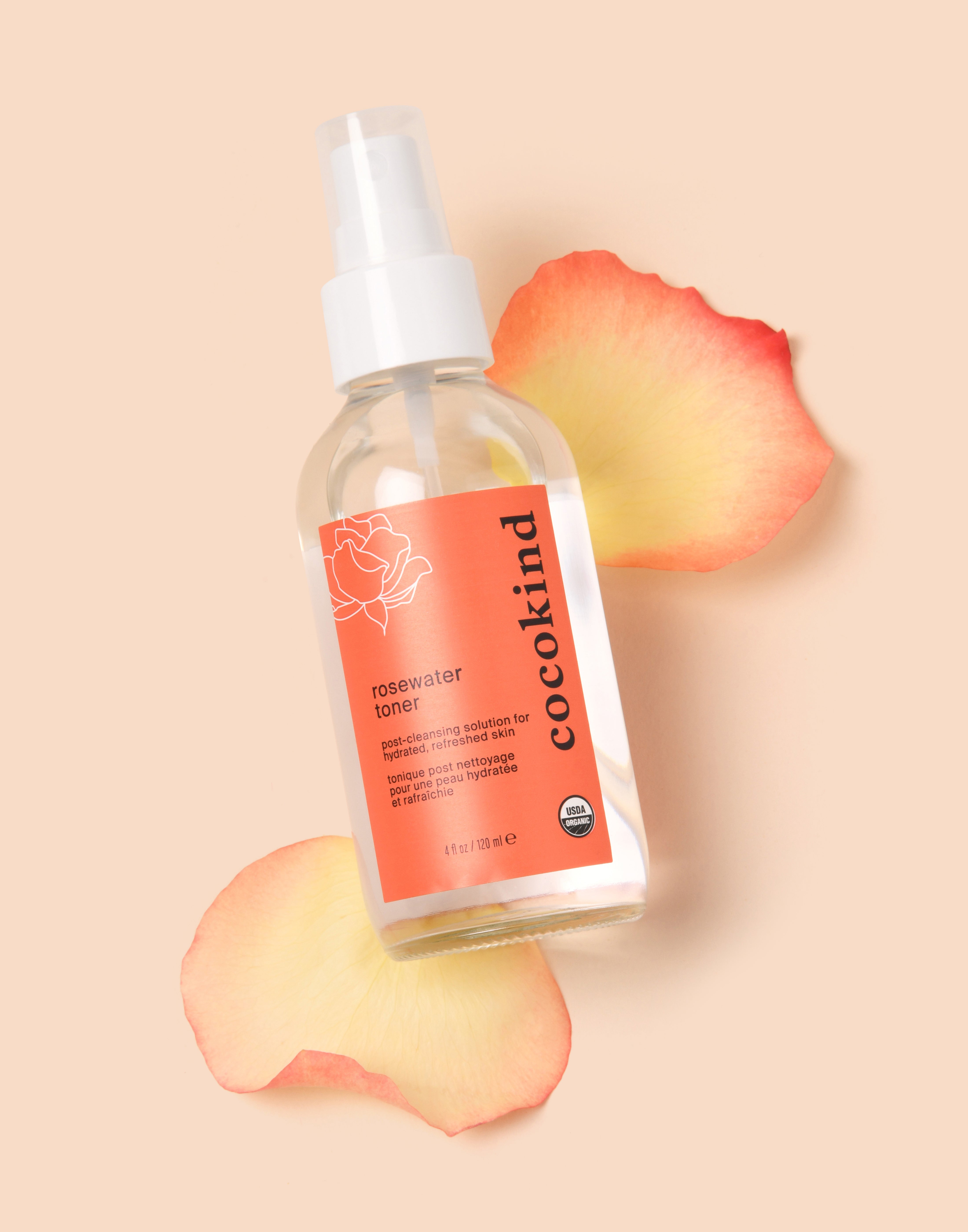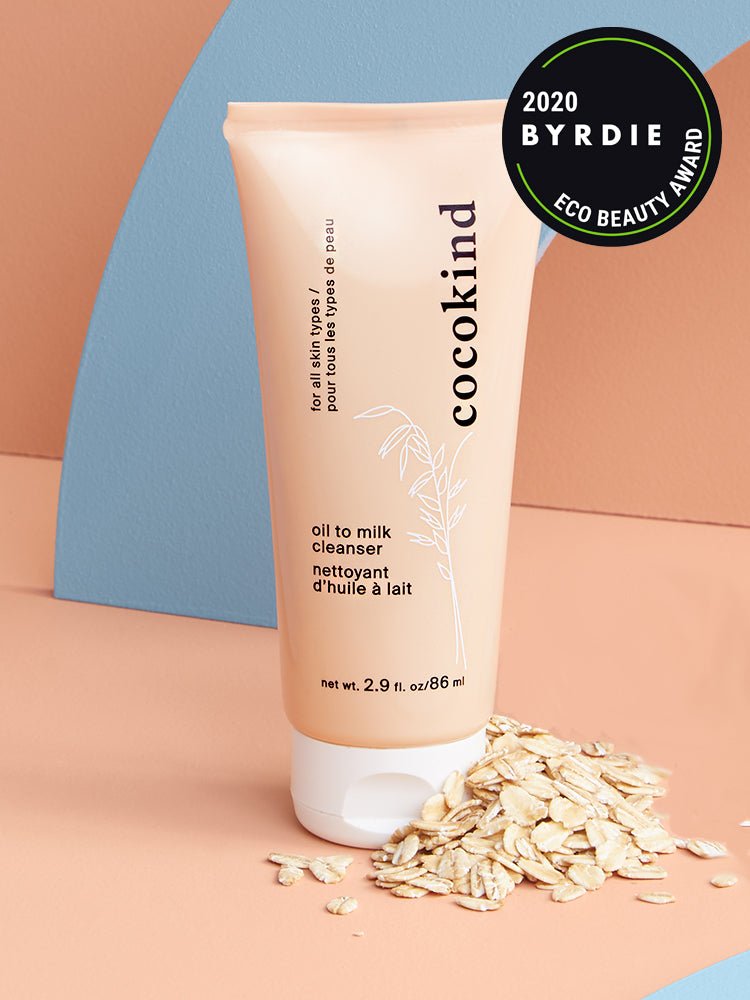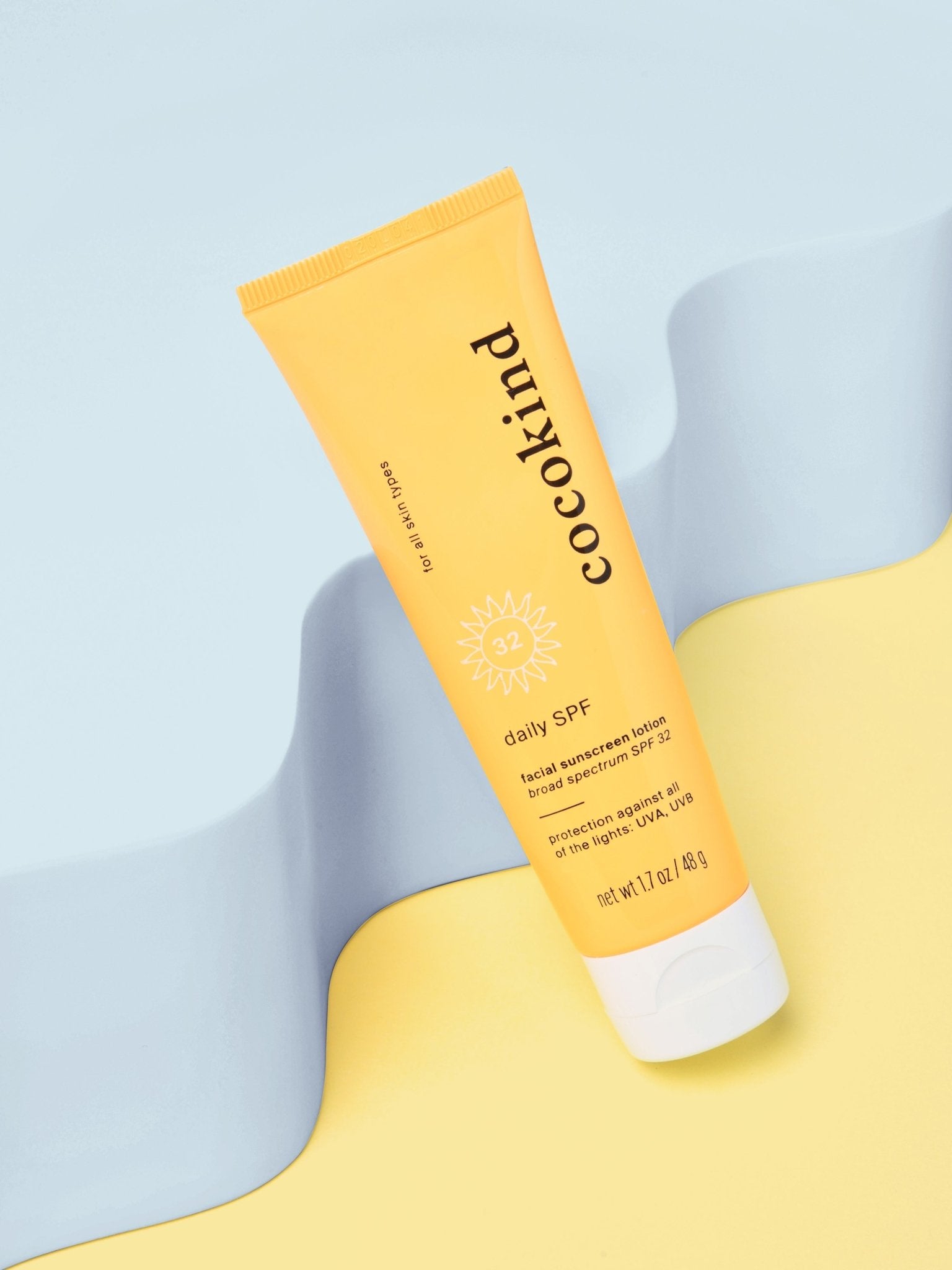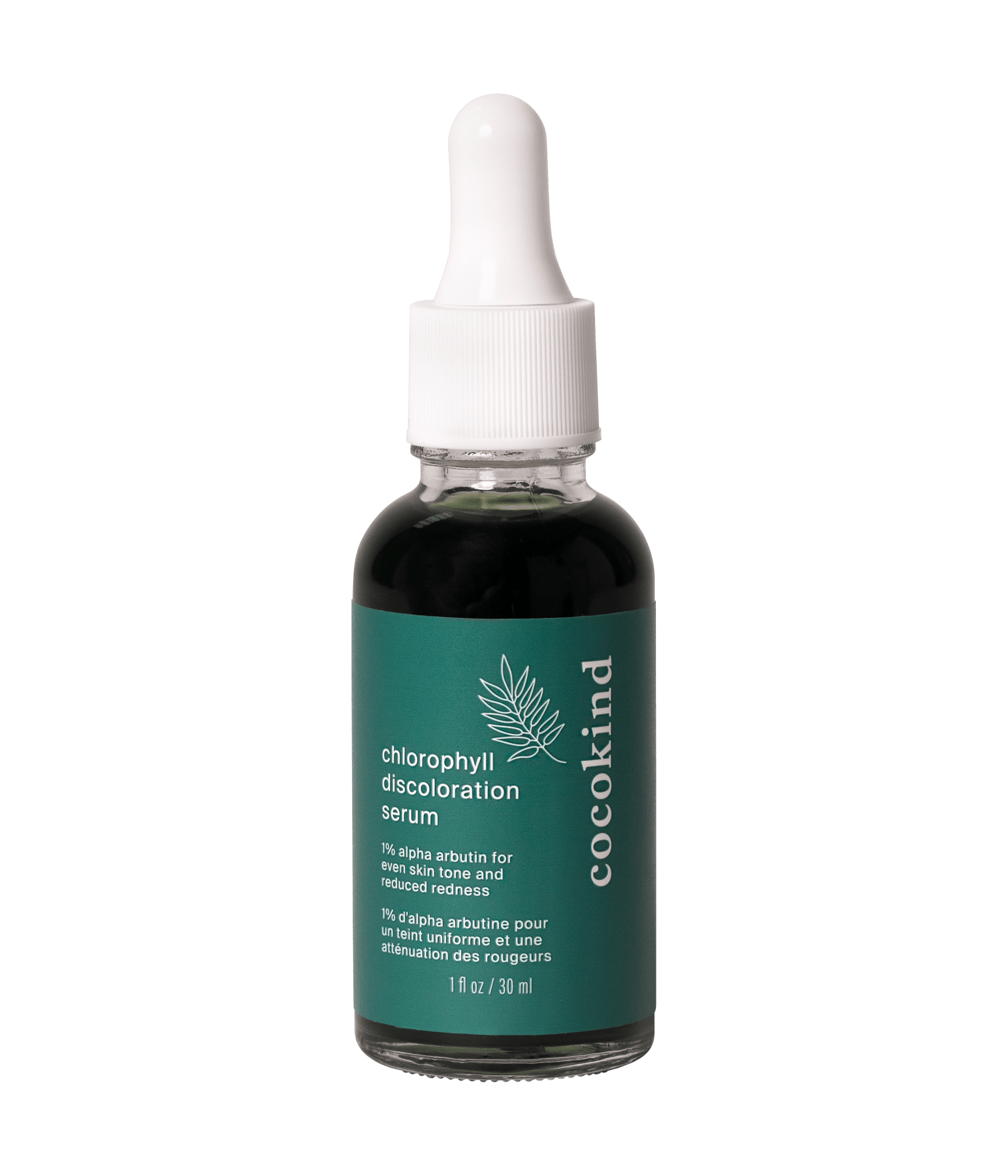The beauty and skincare industries are so saturated with “natural” products and ingredients, it can be really hard to figure out what’s the best for you, your skin, and the planet. We’ve put together our top tips on how to read your beauty product labels – so that the next time you’re wondering what brand of eyeshadow is the safest to use, you won’t be fooled by the beauty industry’s usual tricks.
1. You can tell how potent an ingredient is by where its listed
Perhaps the most basic tip for knowing your beauty product labels is to pay attention to the order of the ingredients list. Many people don’t realize that the first ingredient listed is the most concentrated ingredient in that product, and that the list continues on in descending order, ending with the least concentrated ingredient.
This is important to know, because if you are buying a product that highlights a specific ingredient, but that ingredient is listed far down the ingredients list, you may be getting ripped off! Note – this doesn’t include ingredients such as essential oils that should NOT be extremely concentrated.
2. Look for the parentheses
The back of a beauty product can be super intimidating – especially once your eyes glaze over those long, difficult to pronounce ingredients. Ingredients are listed by their scientific names – which can be super discouraging when trying to find transparent products. However, most of the time, right after the scientific name will be parentheses with the ingredient name us common folk are more familiar with!
For example, on the back of products you may see “Salvia Hispanica (Chia Seed) Oil” listed as the first ingredient. We don’t expect you to know what salvia hispanica is! That’s why we turn to the parentheses to do the explaining.
3. Be wary of claims!
Unfortunately, with the growing number of green beauty companies, there is a growing number of companies looking for loopholes into the natural beauty market – they often do so through labels and claims. It can be hard to know which products are actually all-natural, cruelty-free, organic, etc.
Make sure you know and trust the source before purchasing! Check out their website and ask questions. What a product claims or suggests should not be blindly taken as fact. Additionally, rely on certifications to help verify a claim. If the product name says “organic”, that does not always mean it has been certified organic or that it even uses completely organic ingredients! Bottom line – demand transparency from beauty companies (…actually, ALL your consumer companies!).
4. What are preservatives?
Don’t be embarrassed if you asked this question – the world of preservatives, especially in beauty products, is CONFUSING. We’ll try and break it down a little bit.
The first thing to know is that if a product contains a mix of ingredients and water, it MUST have a preservative to make sure that the water will not cause the product to mold. Natural formulations that contain water and no form of preservative (safe or toxic) risk the chance of growing mold – which you do not want to be applying to your body.
The category of preservatives that most people tend to watch out for (and rightfully so) are parabens. Parabens were designed to prevent bacteria from growing. However, studies have found that parabens mimic and interfere with estrogen in the body, and can be carcinogenic as they have been found in breast tumor tissue. They can be absorbed through the skin through lotions, makeup, and any other beauty product, regardless of where you apply it on your body! Some common parabens to watch out for are methylparaben, butylparaben, and propylparaben.
Not all preservatives are harmful; however, there are some common toxic preservatives to be especially wary of. These include: BHA and BHT, coal tar dyes, dibutyl phthalate, artificial parfum/fragrance, and DEA-related ingredients. Steer clear!
5. Natural preservatives exist (bless!)
As mentioned above, there are, however, some safe, non-toxic natural preservatives that you can trust! These prove that it can be safe for natural products to contain preservatives! Here are some common preservatives that are safe to use: vegetable glycerin, neem oil, potassium sorbate, sodium benzoate, germaben II, T-50 vitamin E oil, and rosemary oil extract.
6. If all else fails, check EWG to find more information on your ingredients
No matter how much you know, sometimes there are ingredients that you just won’t know. To understand the risk and toxicity level of this ingredient, we recommend typing it into this extremely user-friendly guide from EWG! No shame in fact checking!
All of our ingredients, here at cocokind, are rated 1-2 by EWG, so we tend to have a very strict standard. When it comes to other beauty products that our team uses, we pretty much exclusively use ingredients that are rated LOW HAZARD toxicity by EWG.


